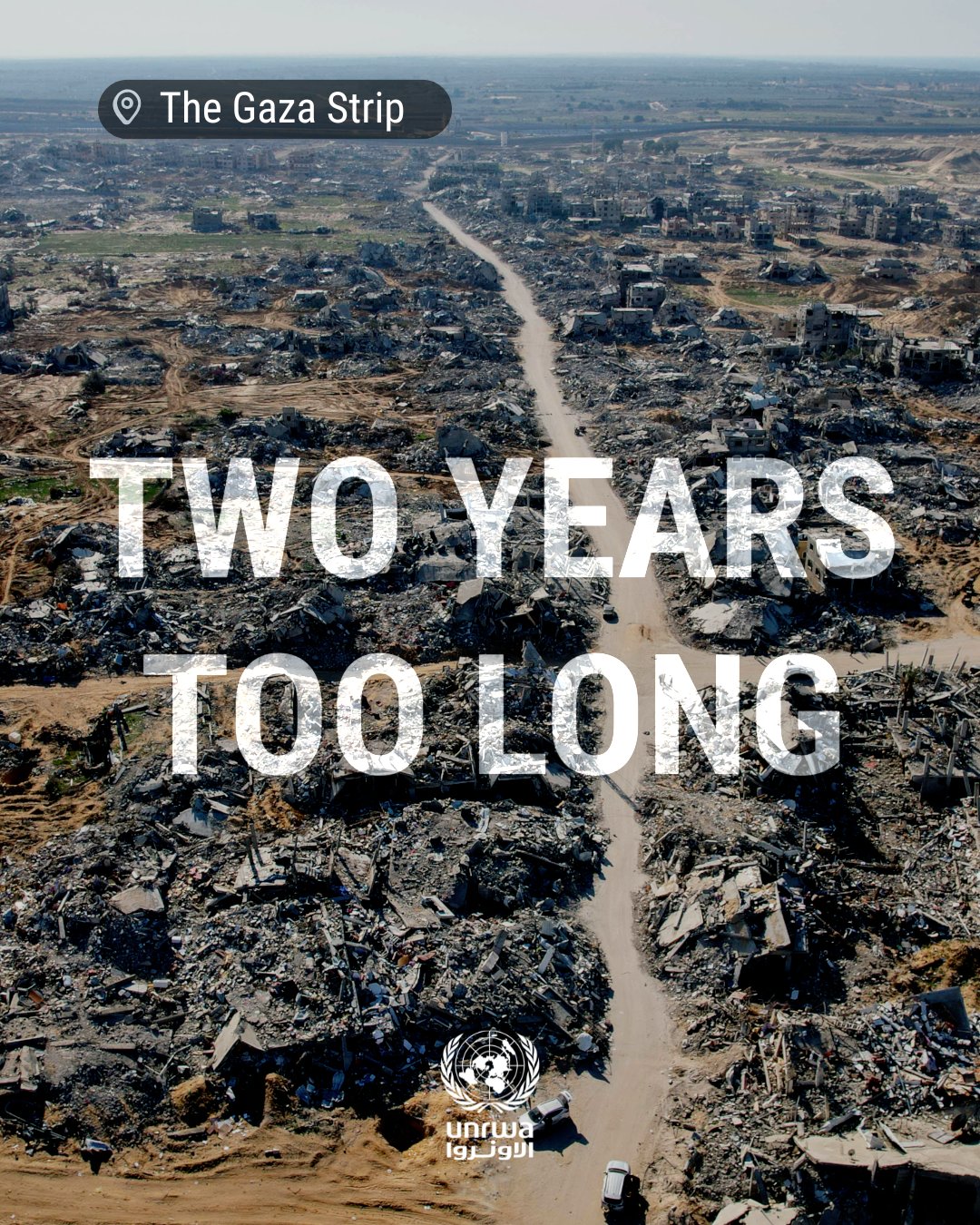It is not just the Middle East, but the world at large is waiting with bated breath for what is unfolding in the Gaza. President Donald Trump is due to travel to the region for the Gaza Peace Summit at Sharm el-Sheikh in Egypt which will be co-chaired by President Abdel Fattah el-Sisi with some twenty-odd leaders attending.
The broader idea is to give finishing touches to a 20-point peace plan that has been painstakingly worked out by President Trump and his top aides and inputs from key actors in the area. Still not everyone is willing to go on record as saying it is a “done deal” as tough questions remain even as Air Force One may be getting ready for Monday.
At the top of the list of imponderables is a highly sensitive issue: that of the hostages. The ceasefire deal that has come into effect speaks of the Hamas having to release “all” the remaining Israeli and foreign hostages that it has been holding for more than two years. It is generally believed that there are 20 hostages who are still alive and 28 presumed dead. The onus is on the Hamas to account for every one of the hostages—dead or alive—and questions have been raised if the terrorist outfit has the remains of all those who are believed dead. Hence there could be some delay and anxious moments.
In the eyes of the state of Israel and that of the families, a failure to account will not be an acceptable proposition. On that tragic day of October 7, 2023, Hamas terrorists gunned down and killed some 1200 persons and what followed was for all to see. The savage response of the Benjamin Netanyahu government saw the deaths of about 67,000 Gazans –still counting amidst the rubble – with that small strip of land literally decimated to the point of depriving those living of basic amenities like food, water and elementary medical supplies. All this is expected remain the same for the Gazans as they have started to return to what was called their homes, if anything remains standing.
The Hamas leadership has indicated that it will not be a part of the official signing of any peace deal in Egypt. The outfit has not only disagreements with parts of the Trump plan but has also called proposals for the group to leave the Gaza Strip as “absurd.” In what will be seen as an act of defiance, the Hamas has apparently called on its 7000-odd security forces and fighters to report within twenty-four hours and to take control in the areas of Gaza vacated by Israeli troops so as to “cleanse Gaza of outlaws and collaborators of Israel.” In fact, the first signs of unease are already being reported from the central West Bank where Israeli soldiers are said to have taken down Hamas flags put up by locals.
From the beginning the Hamas has been scoffing at the idea of having to disarm insisting on holding on to their hardware. “We cannot leave Gaza at the mercy of thieves and militias backed by the Israeli occupation. Our weapons are legitimate… to resist occupation, and they will remain as long as the occupation continues,” a Hamas official has been quoted by the BBC.
Aside from a perception that the Hamas has not changed nor ever will, there is the fear that thugs and looters have stolen weapons from the Hamas and some groups may have been even supplied with weapons so as to keep alive the chaotic situation. And the bottom line is not hard to fathom: the ingredients for a full fledged and prolonged civil war.
Yet another uncertainty which will have to be hammered out at Sharm el-Sheikh will be the composition of the International Stabilization Force that will have to control the streets of Gaza. Israel will undoubtedly insist that aside from the initial small contingent from the United States to assist in the immediate context, the larger force will have to be drawn from countries that have little to no association with Hamas and links to any form of terrorism. For the Stabilization Force to succeed in its mission, its credibility should be under no question for first doubts will undermine the entire mission and the peace process.
To the United States and to President Trump personally, peace in Gaza has not come easily as it involved months of nerve-wracking negotiations interspersed with tough talking and arm twisting. It has not been easy for Washington to deal with Prime Minister Netanyahu, who has had his fair share of run-ins with the Biden administration.
But a change of guard at the White House signaled to Tel Aviv a completely new ball game with a tough occupant who could not be easily brushed off. Holding on to the ceasefire is perhaps the biggest challenge for nearly everyone knows that violations and consequences arising thereof will be borne by the ordinary people of Gaza who have been living in hell for the last two years or more.
Disclaimer: The opinions and views expressed in this article/column are those of the author(s) and do not necessarily reflect the views or positions of South Asian Herald.






